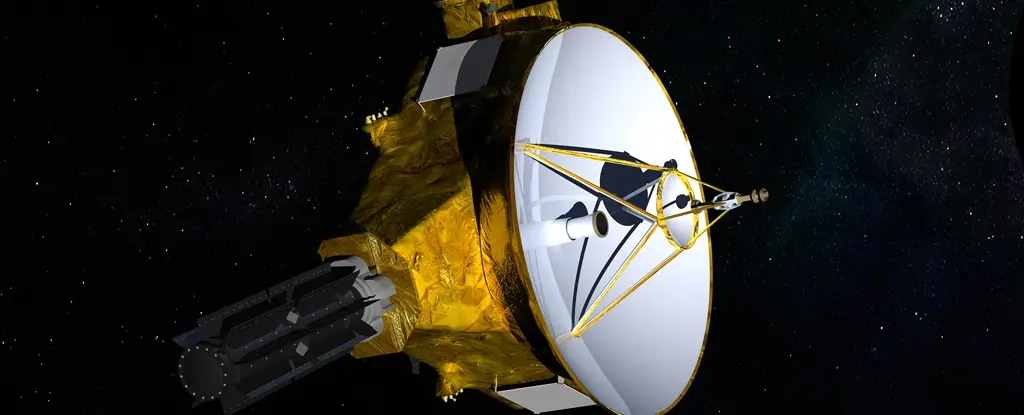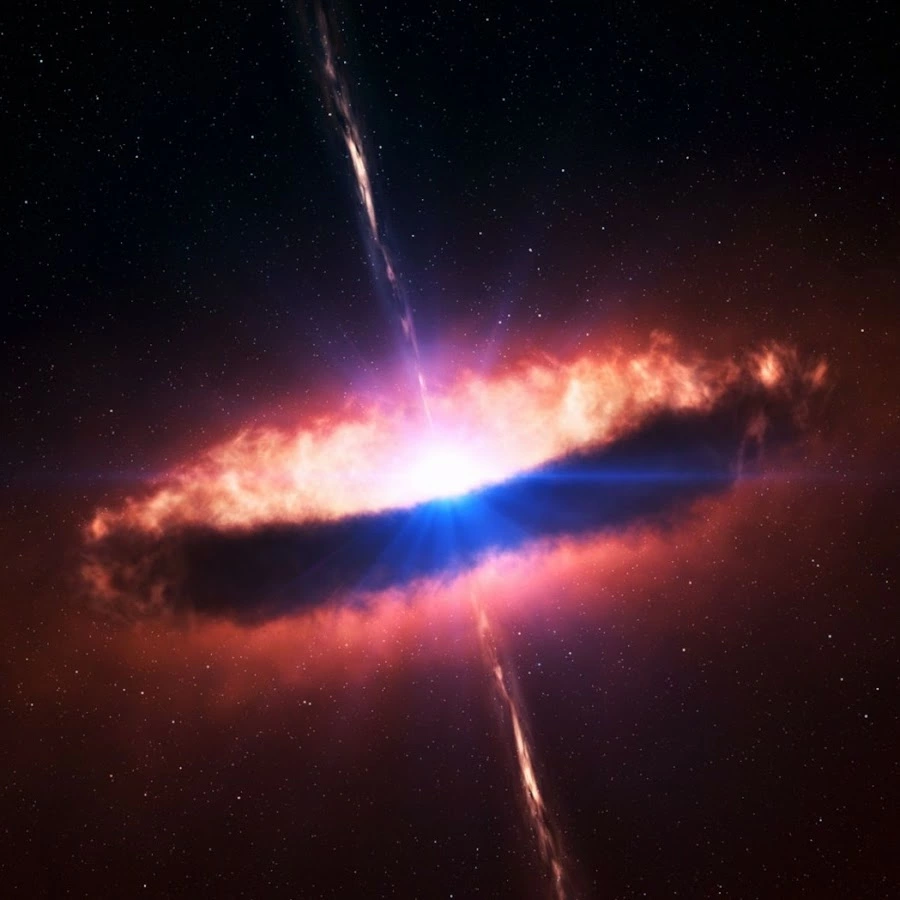Wouldn’t the darkest parts of space be 0 lumens? Can you have negative light? 🤔
The weird thing is this first measurement they did showed double the amount of light they thought would be there. Also the darkest parts still have photons since you have other galaxies that you cant see with the naked eye in those “dark” parts.
I’m guessing that because there are always some amount of stars visible, the number would have to be above zero, but maybe as you get a certain distance away from closer stars, the darkness kind of “evens out”?
Well now you’ve got me wondering… how long after the heat-death of the universe before all of the traveling photons have been extinguished? How old will the universe be before it truly goes dark?
Assuming a photon travels without interacting with something else (which would become increasingly likely as the universe approaches heat-death) they would just get more and more redshifted by the accelerating expansion of the universe until they were undetectable. They would still exist since they don’t “age”, they’d just never be able to reach anything.
There is a theory called the “Big Rip” though, where the universe basically reaches a point where it’s accelerating away so fast that it begins tearing apart atoms and the fundemental nature of space would change. So it’s possible that’s the point that photons would stop existing, if it’s a thing that even happens.
I’m not a physicist though, so someone with more knowledge feel free to chime in.
Huh I never thought about photons not aging. I guess since they’re traveling at the speed of light it means they don’t experience any time between being emitted and when they collide with something.
That theory on the big rip sounds fascinating, I’m going to have to look that up! Thanks for the info.
As for the redshifting… as far I understand it you can’t see a photon until it actually hits something anyway, at which point it is no longer an unresolved particle of light? My immediate thought on this subject is that you would need to calculate the theoretical maximum width of the universe in light years when the last bit of energy is used up, and that should give a maximum value for how long a photon can exist beyond that period. However then you start bringing in other theories like the torus universe that wraps around on itself, and now you have the potential for photons to travel forever until they do hit something so there could be the possibility of photons existing indefinitely after the heat death. And you can’t really call the universe “dead” if there is still some energy tied up in photons.
I mean it’s all just a fun exercise of the mind, there may not be an actual answer, but I love thinking about what happens at the extreme ends of things.
I was also wondering about near black holes. If even light can’t escape, is there basically pure total darkness beyond the event horizon?
That last line was a little too forced. But the info near the end is good stuff. The universe is entropic and likely has more energy, movement and mass than previously observed.






